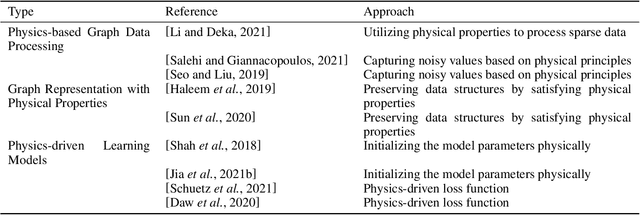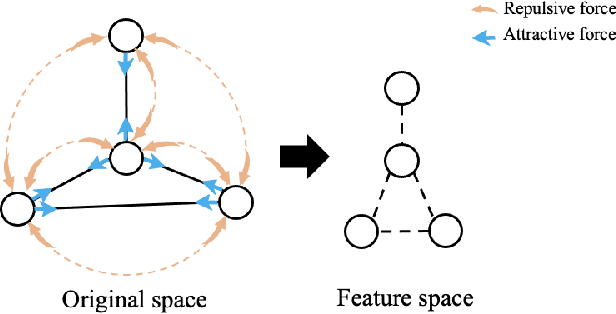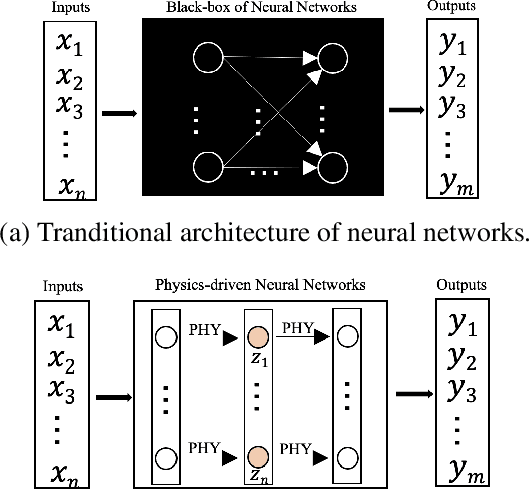Physics-Informed Graph Learning: A Survey
Paper and Code
Feb 22, 2022



An expeditious development of graph learning in recent years has found innumerable applications in several diversified fields. Of the main associated challenges are the volume and complexity of graph data. A lot of research has been evolving around the preservation of graph data in a low dimensional space. The graph learning models suffer from the inability to maintain original graph information. In order to compensate for this inability, physics-informed graph learning (PIGL) is emerging. PIGL incorporates physics rules while performing graph learning, which enables numerous potentials. This paper presents a systematic review of PIGL methods. We begin with introducing a unified framework of graph learning models, and then examine existing PIGL methods in relation to the unified framework. We also discuss several future challenges for PIGL. This survey paper is expected to stimulate innovative research and development activities pertaining to PIGL.
 Add to Chrome
Add to Chrome Add to Firefox
Add to Firefox Add to Edge
Add to Edge